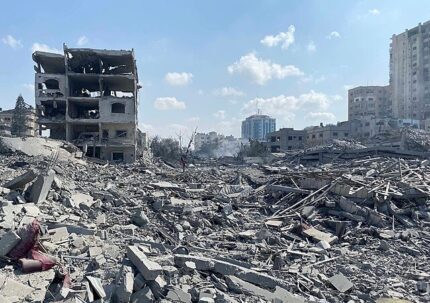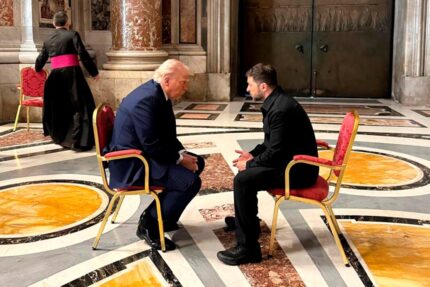On January 19, 2025, Israel and Hamas agreed to a ceasefire in Gaza, bringing an end to a 15-month-long conflict that had devastated the region. The agreement, brokered by the United States, Qatar, and Egypt, marks a significant step toward peace. This six-week truce aims to halt hostilities and initiate the release of hostages and prisoners held by both sides.
The deal includes the gradual release of 33 Israeli hostages—a mix of soldiers, civilians, and children—in exchange for approximately 1,900 Palestinian prisoners. Israeli Prime Minister Benjamin Netanyahu made it clear that the continuation of the ceasefire depends on Hamas’ adherence to the terms. Any violations, he warned, would lead to an immediate resumption of military action.
Hostage Release: A Process Delayed But Not Derailed
The implementation of the ceasefire faced early challenges. The scheduled release of hostages was delayed by nearly three hours, with Hamas citing “technical reasons” for the postponement. Despite these initial setbacks, the process is expected to unfold over six weeks, offering a glimmer of hope to families awaiting reunification.
President Joe Biden, who played a pivotal role in the negotiations, emphasized the importance of this humanitarian effort. He noted that the release of hostages would be conducted in phases, beginning with the most vulnerable, including women and children. This phased approach is designed to build trust between the parties and pave the way for long-term peace.
Key Provisions of the Agreement
The ceasefire deal outlines a multi-phase plan aimed at resolving longstanding issues between Israel and Hamas. In addition to the release of hostages and prisoners, the agreement includes:
A proposed permanent end to hostilities, contingent on the complete release of hostages and an Israeli withdrawal from Gaza.
The return of remains of deceased hostages to their families.
Initiatives for the reconstruction of Gaza, focusing on rebuilding infrastructure and providing humanitarian aid.
These measures are designed to address the immediate humanitarian crisis while laying the groundwork for a more stable and peaceful future in the region.
Challenges and Tensions Amid Optimism
Despite the ceasefire, tensions remain high. Far-right Israeli politicians have threatened to resume military operations if the agreement falters. Meanwhile, the conflict’s toll is stark: over 46,000 Palestinians have lost their lives, according to the Hamas-run health ministry, and much of Gaza’s infrastructure lies in ruins.
The truce also aims to facilitate increased humanitarian aid and allow displaced Palestinians to return to their homes. However, the success of these initiatives hinges on the outcome of upcoming negotiations. Set to begin in two weeks, these talks will address critical issues, including the fate of remaining hostages and long-term strategies for peace.
U.S. Politics and the Gaza Ceasefire
The Gaza ceasefire has also become a focal point in U.S. politics. While President Joe Biden’s administration spearheaded the negotiations, incoming President-elect Donald Trump has claimed credit for the agreement. In a post on Truth Social, Trump wrote, “The EPIC ceasefire agreement could have only happened as a result of our Historic Victory in November.”
When asked about Trump’s claims, Biden responded, “Is that a joke?” Despite the political rhetoric, reports indicate that both administrations collaborated to facilitate the ceasefire. CNN highlighted the willingness of both parties to work together, driven by a shared desire to achieve a resolution before the transition of power.
While Trump’s statements have sparked debate, the ceasefire’s success is attributed to the collective efforts of the Biden administration, international mediators, and the incoming U.S. leadership. This cooperation underscores the importance of bipartisan and international collaboration in resolving complex global issues.
Looking Ahead: Building a Lasting Peace
The Gaza ceasefire represents a critical opportunity for both Israel and Hamas to break the cycle of violence. While the path to peace is fraught with challenges, the initial steps—including the release of hostages and prisoners—offer a foundation for trust-building.
As negotiations continue, the international community will play a crucial role in supporting reconstruction efforts and ensuring that the terms of the ceasefire are upheld. For families on both sides of the conflict, the hope is that this agreement marks the beginning of a new chapter—one defined not by war, but by the possibility of lasting peace.
Add to Image Caption: Commons Wikimedia Org














